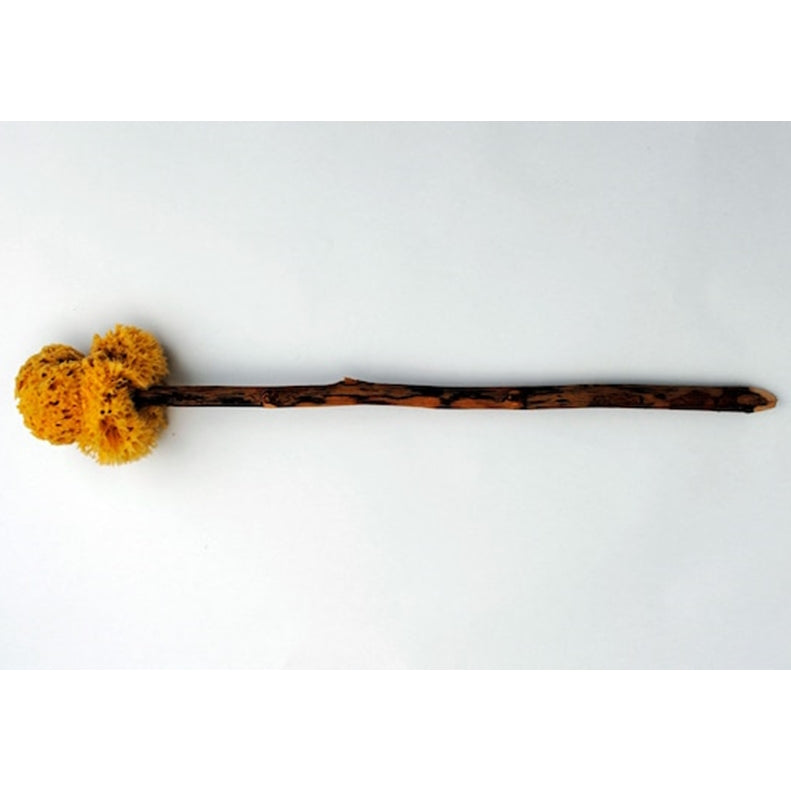Not so long ago in a time of pandemic toilet roll buying, it could be tempting to suppose lower back to a time of considerable lavatory paper supplies—or to marvel how human beings used to wipe withinside the age earlier than 24-packs of extra-gentle three-ply sheets. Hundreds of hundreds of thousands of human beings round the arena today, mainly withinside the Middle East and Asia, don’t even hassle with the stuff, who prefer as an alternative to complete their toilet go to with a easy rinse of water. But archaeologists and anthropologists have carried out masses of exciting grimy paintings as they file how human beings wiped themselves in different cultures lower back withinside the day.
If you relieved your self in a public latrine in historical Rome, you could have used a tersorium to wipe. These historical gadgets consisted of a stay with a vinegar- or salt water-soaked sponge attached. They are noted for the duration of Roman literature, inclusive of a gruesomely unforgettable passage in a letter through the truth seeker Seneca to Roman reputable Lucilius that relates the suicide of a German gladiator who shoved a stick tipped with a sponge “dedicated to the vilest uses” down his throat in preference to head into the area to die through wild animal.
According to historical reassets, Romans used a sponge-crowned stick referred to as a tersorium (contemporary-day reproduction above). Archaeologists are not pretty sure, however, whether or not it become used to easy the toilet centers or the person of these centers.
PHOTOGRAPH BY D. HERDEMERTEN, WIKIMEDIA COMMONS
Used communally, the standard tersorium is idea to have inspired the era’s public toilet design. Small troughs on the ft of the general public bathrooms of Ephesus have been idea to be reassets of constantly flowing water—all of the higher to dip your tersorium in. However, archaeologists have not begun to find out a preserved example. “The query is, do you operate it to easy your self or to easy the latrine?” asks archaeologist Jennifer Bates, a postdoctoral fellow on the University of Pennsylvania’s Penn Museum.
Broken bits of ceramic vessels referred to as pessoi have been additionally utilized by historical Greeks and Romans. Archaeologists excavated those almost 2,000-year-antique pessoi from Roman latrines in Sicilt.

